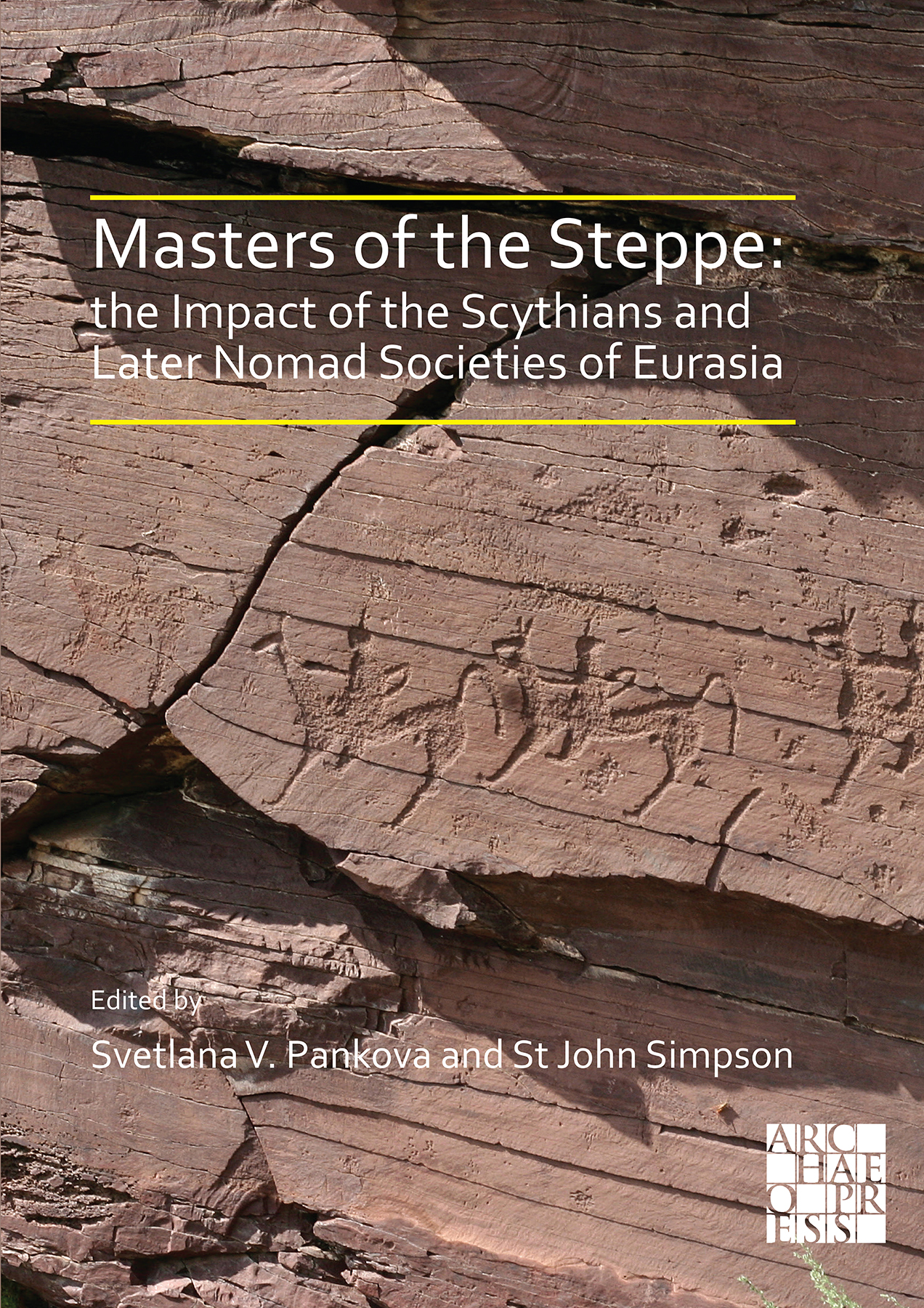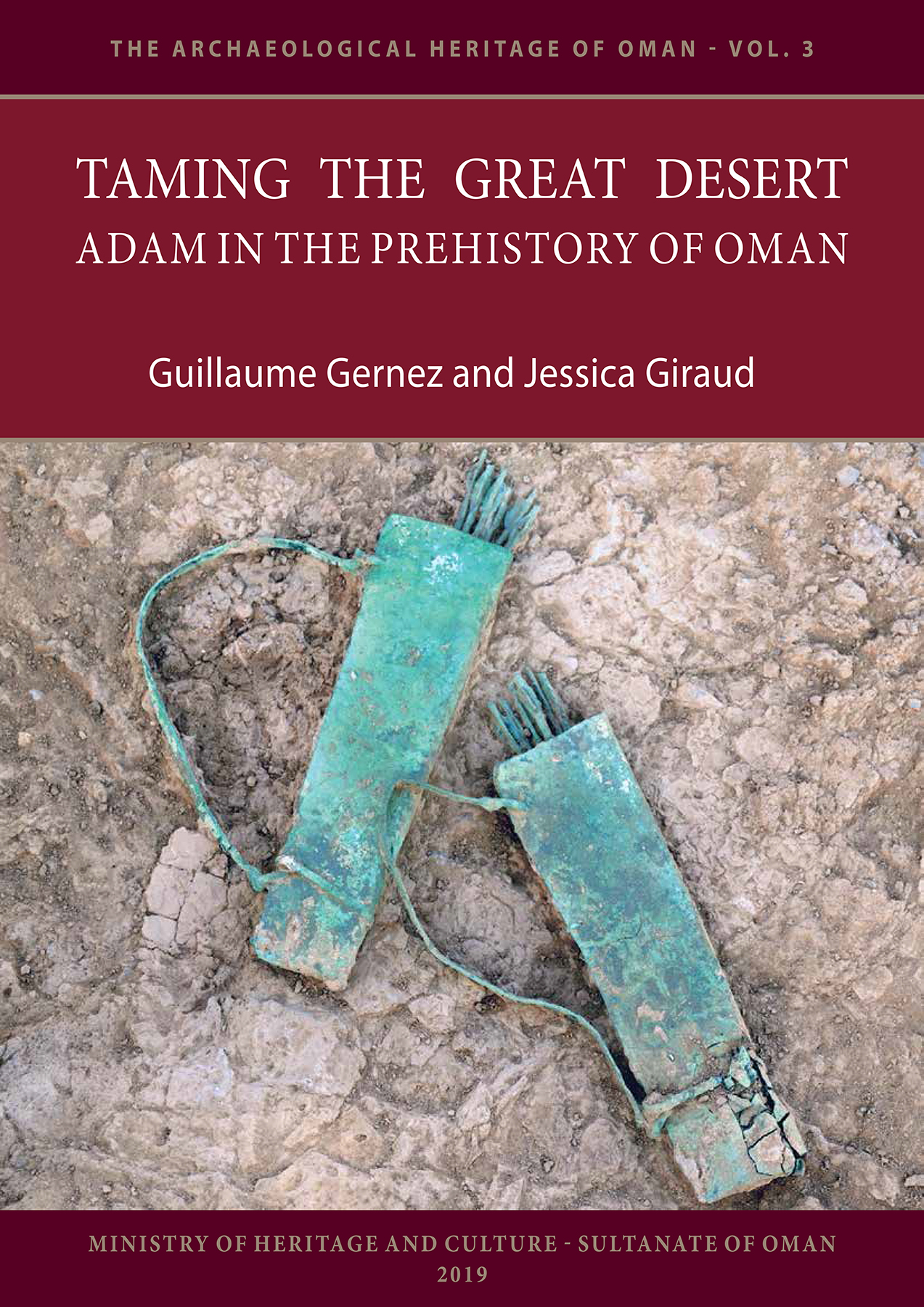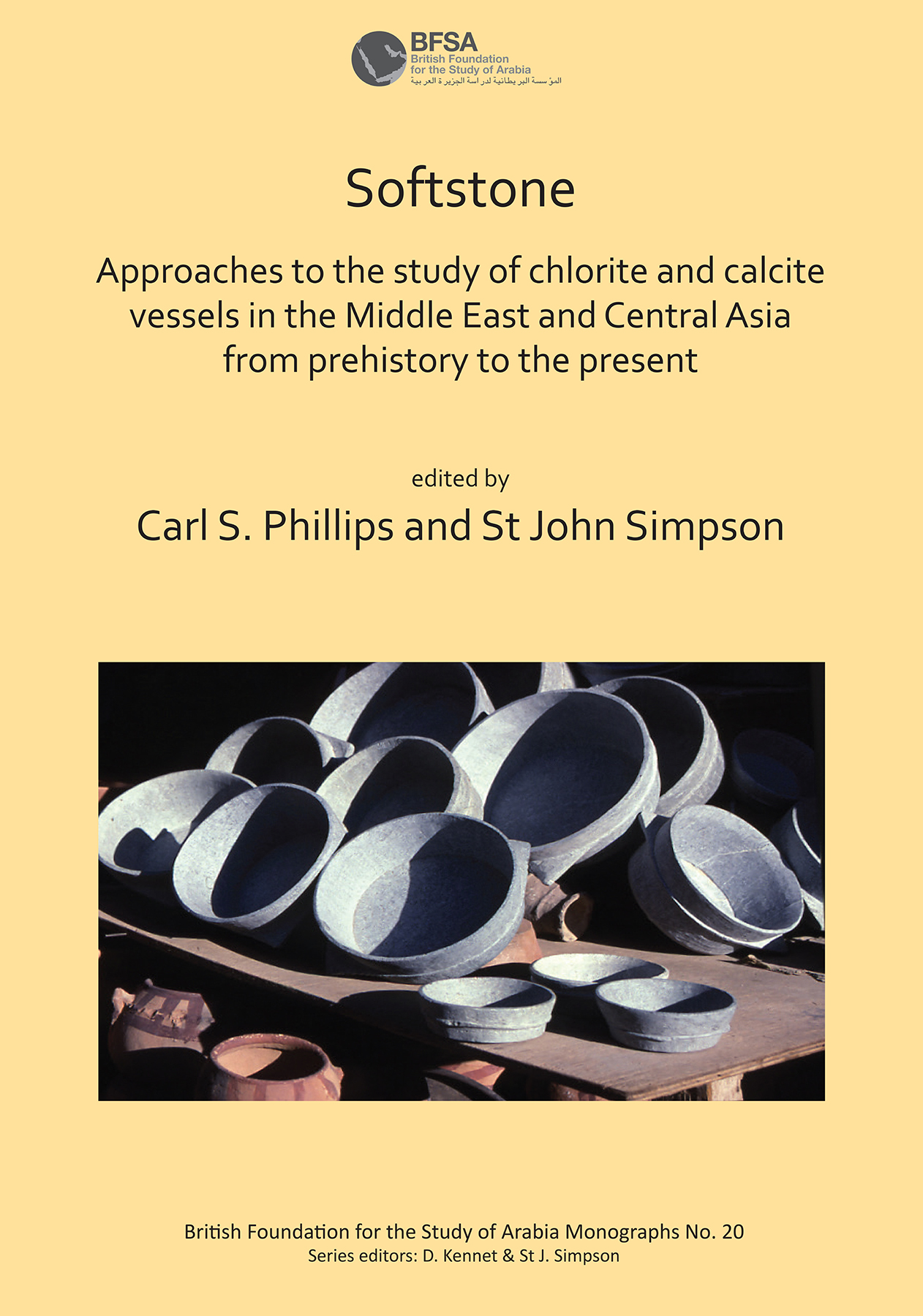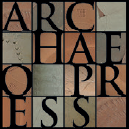
Publishing Scholarly Archaeology since 1997

Download Sample PDF
H 290 x W 205 mm
802 pages
604 figures, 21 tables (colour throughout)
Published Jan 2021
ISBN
Paperback: 9781789696479
Digital: 9781789696486
Keywords
Scythians; Eurasia; monumental tombs; rock art; textiles; ancient nomads
Related titles





Masters of the Steppe: The Impact of the Scythians and Later Nomad Societies of Eurasia
Proceedings of a conference held at the British Museum, 27-29 October 2017
Edited by Svetlana Pankova, St John Simpson
This book presents 45 papers presented at a major international conference held at the British Museum during the 2017 BP exhibition 'Scythians: warriors of ancient Siberia'. Papers include new archaeological discoveries, results of scientific research and studies of museum collections, most presented in English for the first time.
Contents
About the Author
Svetlana Pankova is a senior researcher and curator of the Altai-Sayan collections in the Department of the Archaeology of Eastern Europe and Siberia in the State Hermitage Museum. Her main academic interests are sites from southern Siberia and central Asia with well-preserved organic materials dating from the 1st millennium BC to the 1st millennium AD.She was the lead Hermitage curator and co-editor of the catalogue for the BP exhibition Scythians: warriors of ancient Siberia (2017/18). ;St John Simpson is a senior curator in the Department of the Middle East at the British Museum. He has excavated extensively in the Middle East but it was his first experience of travelling across central Asia in 1991 which led him to co-direct nine seasons of excavations at ancient Merv, in present-day Turkmenistan (1992–2000), and develop extensive relations there and in Russia. He was the lead British Museum curator and co-editor of the catalogue for the BP exhibition Scythians: warriors of ancient Siberia (2017/18).
Reviews
But as everyone who has had to publish conference proceedings knows, the art lies in transforming what is essentially a collection of disparate, often narrowly focussed, papers into a cohesive volume. The editors have done this with considerable skill and success. All the papers have been translated into English, and they have undertaken the laborious task of compiling a single bibliography, which not only saves space but makes the volume much easier to use. They have also provided an Introduction (5400 words) and a Conclusions (13000 words), both substantial pieces of work, far more than conventional bookends.
The Introduction is a fascinating text in its own right. It sets the scene in a novel way by explaining the philosophy and the process that led to the mounting of the highly successful Scythians: warriors of ancient Siberia exhibition. While this may be familiar ground for museum professionals, for the general reader, it introduces an intriguing new world, not least by explaining the creative decisions needed to make the exhibition the success that it was. The narrative style, in which the Introduction is presented, is a very effective way of leading the reader into the world of the Scythians.
The Conclusions is a triumph. It is, in effect, a long essay on the Scythians and their lifestyle with reference to the proceeding papers. It brings out what is new and how the subject is fast-changing, placing it within the broader context of what we already know. Footnotes, provide additional links to the published exhibition catalogue. The reader is left with an intimate picture of the Scythians. They emerge as real people, very different from us but well worth our attention and understanding.
This volume is a major achievement – it provides high-quality research within a context that is readily accessible. It is the kind of academic output one would like to see following other major exhibitions.' – Sir Barry Cunliffe, Emeritus Professor of European Archaeology, University of Oxford (2020)
'The gold of the Scythians exploded into the world of museum goers when Leningrad’s Hermitage Museum sent these treasures touring to London and New York in 1975. An equally noteworthy exhibition, Masters of the Steppe, took place in 2017 at the British Museum. This copiously-illustrated volume enables readers to revisit that exhibition, and to ponder essays produced by 30 scholars from 12 countries.' – David Chaffetz (2021), Asian Review of Books
'This compendium of 45 papers presented at an accompanying conference can be intermittently dry but remains far more than the sum of its parts – it is the most monumental English-language work in a generation to be dedicated to this fascinating civilization.' – Dennis Keen (2021), AramcoWorld
'Masters of the Steppe: the Impact of the Scythians and Later Nomad Societies of Eurasia is an impressive volume, bringing together a variety of new research and key summaries of scholarship. It is wonderfully illustrated, with over 600 images, allowing a rich window into the visual culture of these steppe pastoral communities.' – Robin Bendrey (2023): Pastoralism

 Add to wishlist
Add to wishlist
